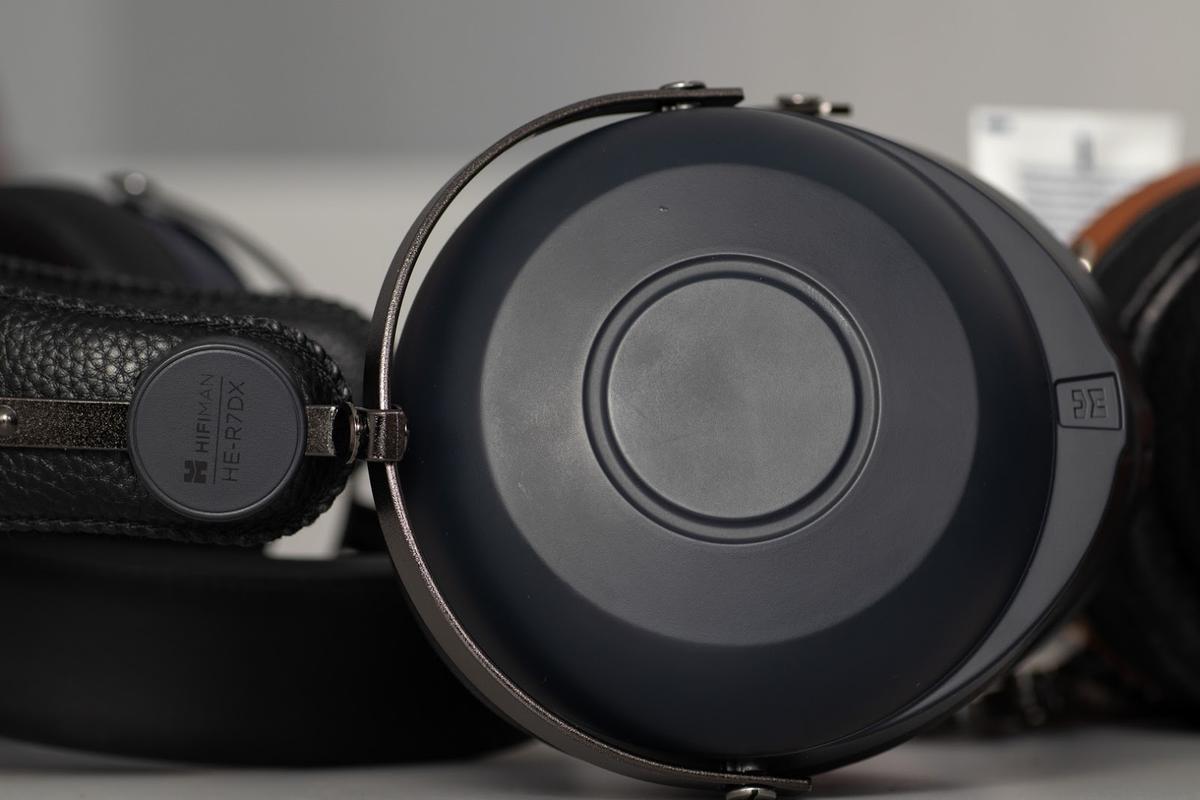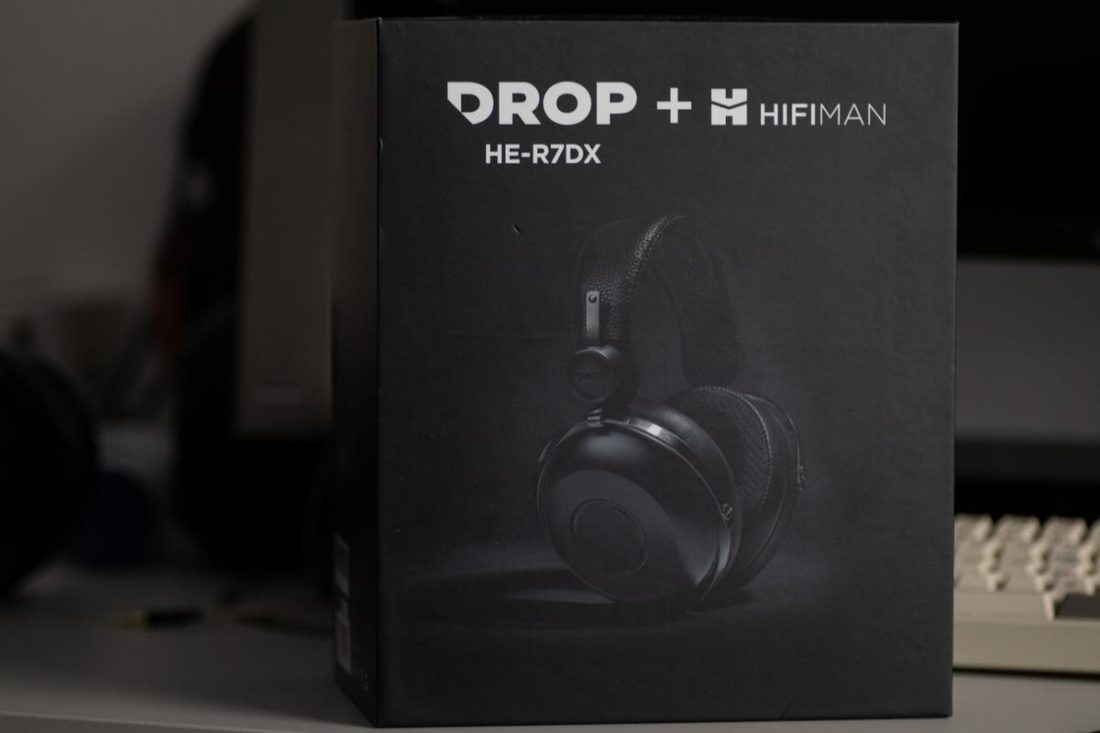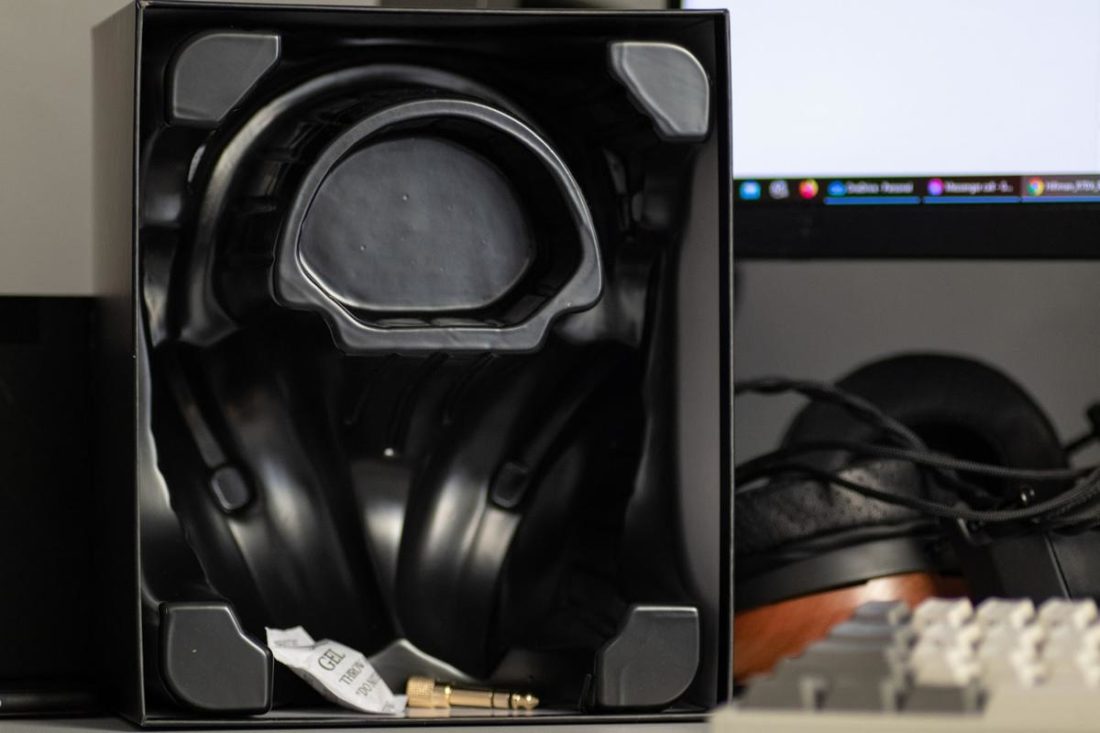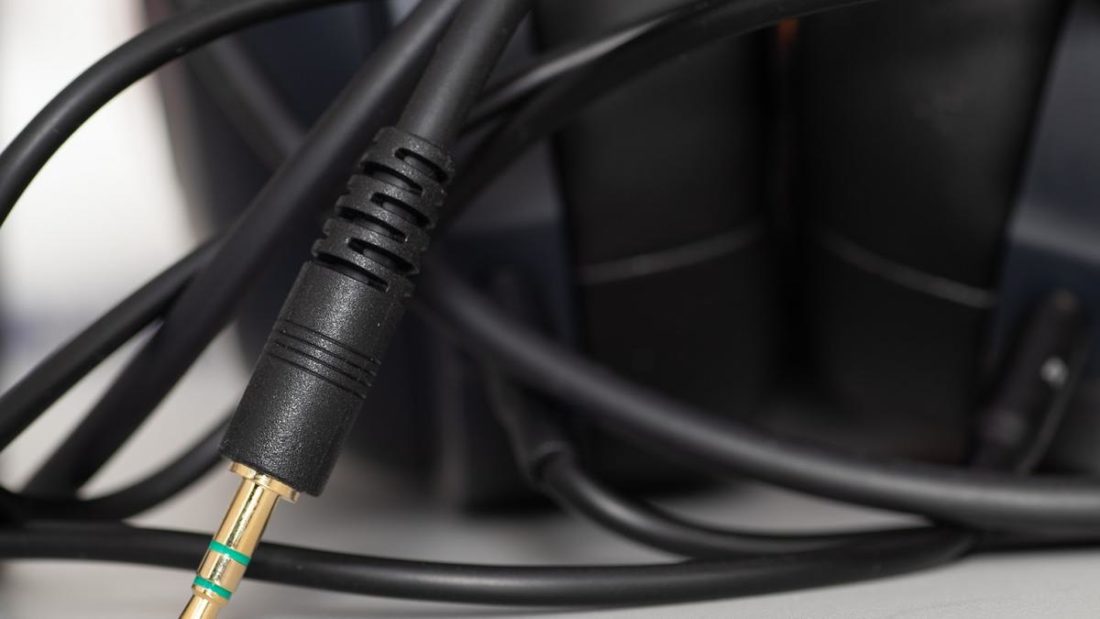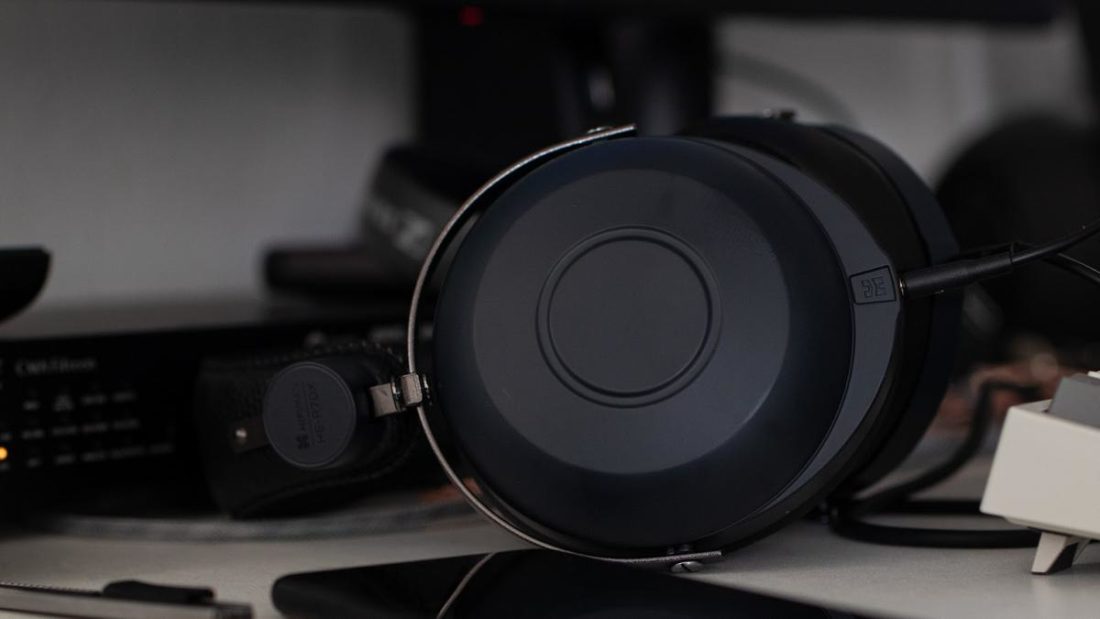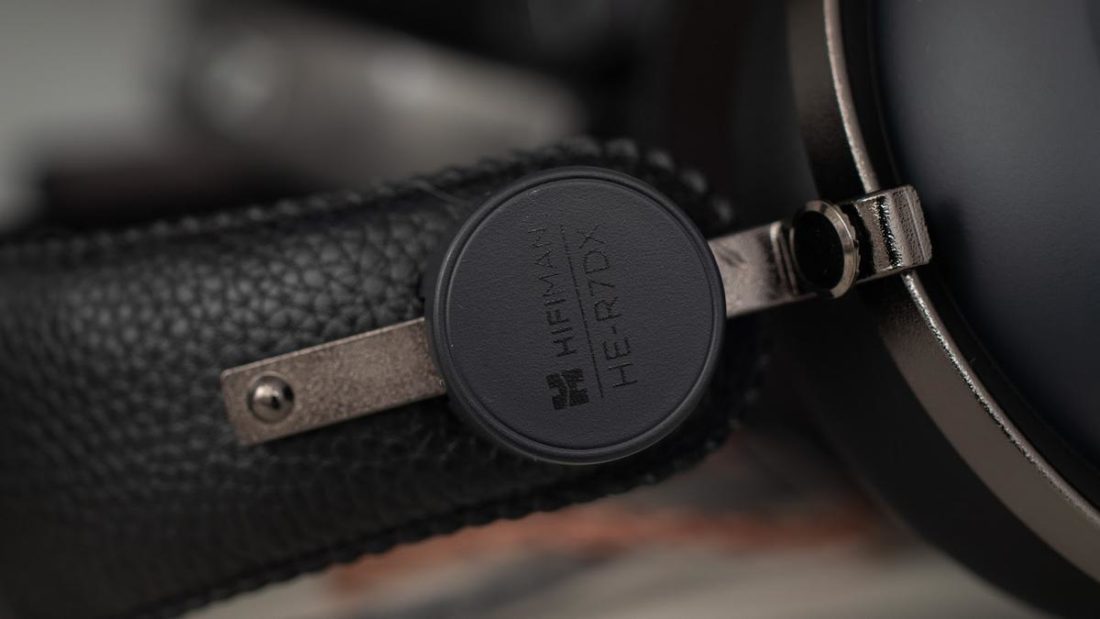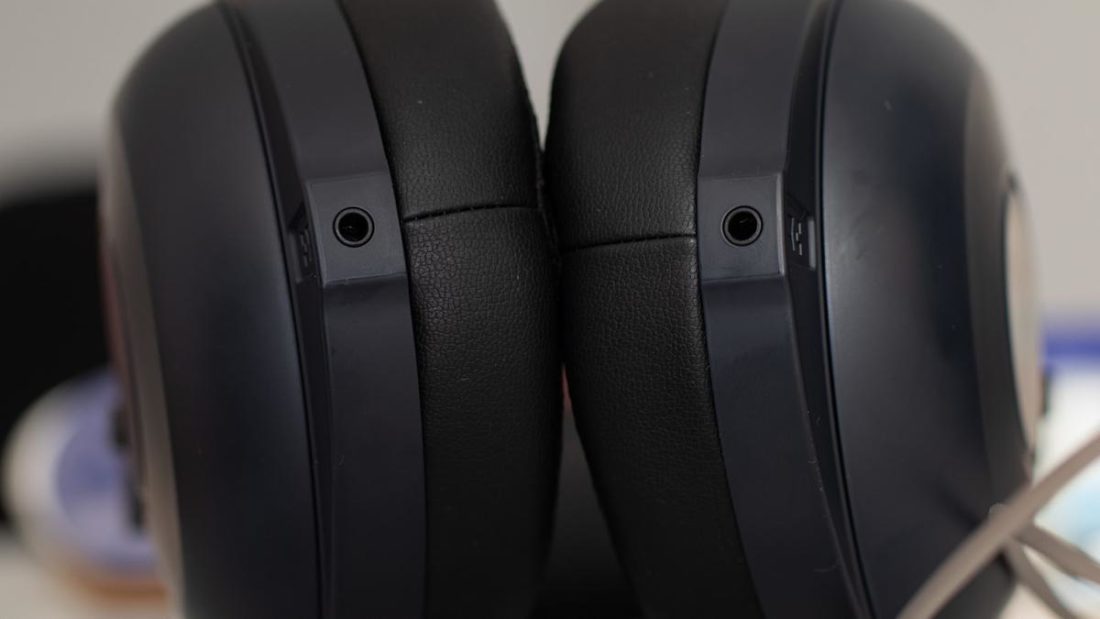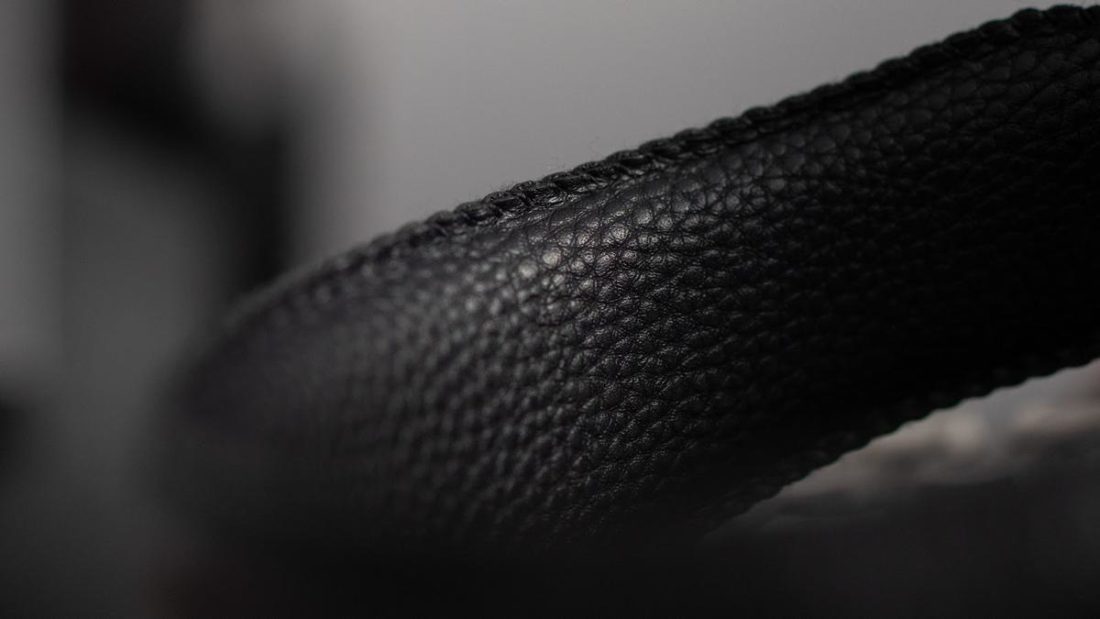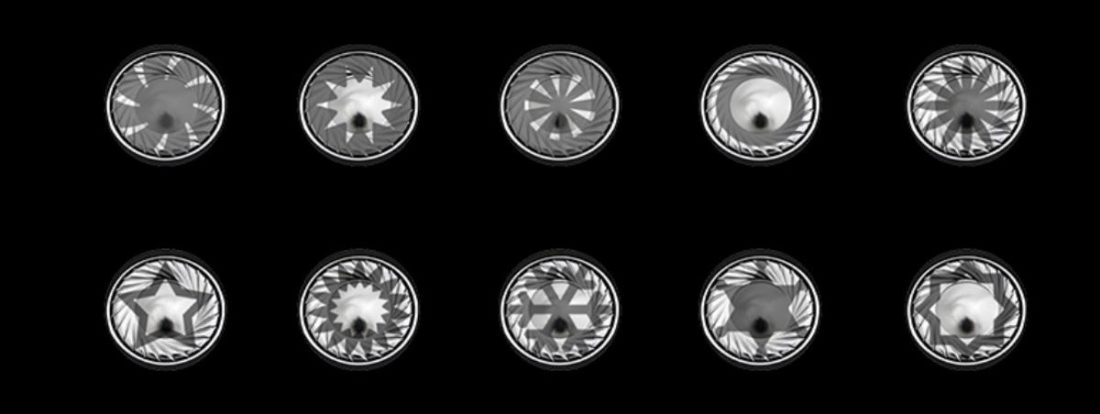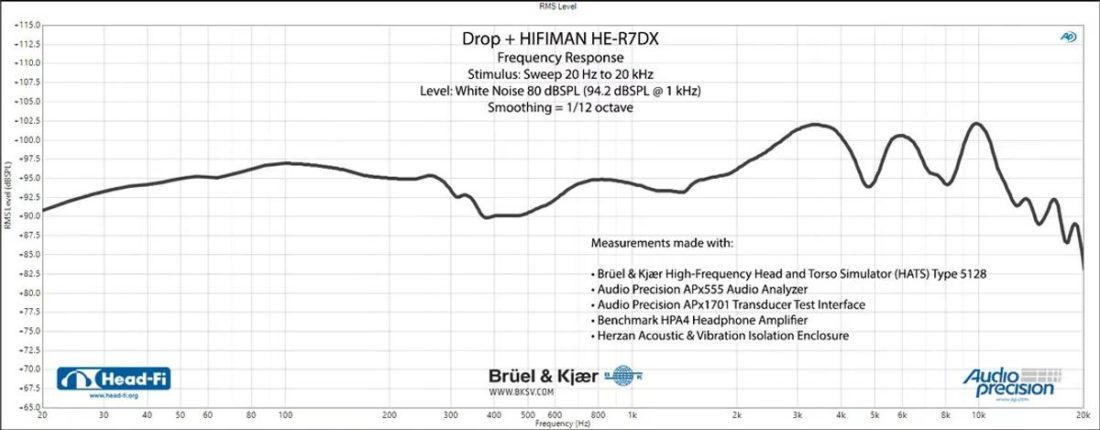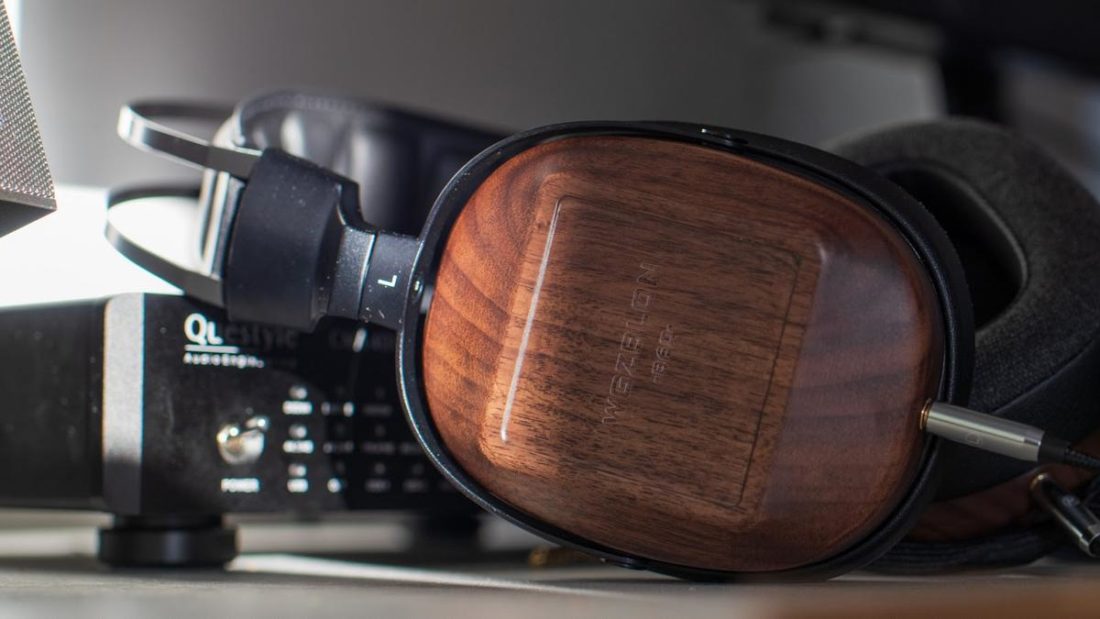HIFIMAN is mostly associated with planar magnetic driver headphones. However, they are no stranger to dynamic driver offerings with the likes of the HE-R10 Dynamic (a reimagination of the legendary Sony MDR-R10 headphones). HIFIMAN and Drop collaborated to come up with the HE-R7DX, the most “budget” of all the HIFIMAN dynamic driver models in production. Featuring HIFIMAN’s proprietary 50mm drivers, the HE-R7DX aim to become a benchmark among budget closed-back headphones. Let’s see if Drop and HIFIMAN reached that lofty goal.
Technical Specifications
Form: Close-backed, over-ear Drivers: 1 x Dynamic Driver, 50mm Topology Diaphragm Impedance (Ohm): 16 ohm Sensitivity (dB): 101 dB Frequency Response (Hz): 20 Hz – 20 kHz Removable Cable: Y Source Jack: 3.5mm Cup/Shell Jack: 3.5mm Weight (g): 338 g
Packaging
The packaging is pretty basic. The outer sleeve has the drop and HIFIMAN branding alongside the photo of the headphones themselves. Opening up the sleeve you get the plastic cutout that holds the headphones and the cable. No carrying case is supplied.
In the box
Drop + HIFIMAN HE-R7DX headphones 1.5m cable with 3.5mm termination 6.35 mm to 3.5 mm TRS adaptor
The stock cable is fairly good with a pliable sheathing and is of adequate length.
Design
The headband and yoke design is reminiscent of the OG HIFIMAN HE-400. The earcups meanwhile remind me of the HIFIMAN Deva, only closed-back. I find the ear-cups to be larger than necessary for 50mm drivers. They are plastic and a very dark shade of blue. Each ear-cup has a 3.5mm port at the bottom to connect the cable. The cups don’t rotate much though so they might not seal well with all head types. The headband is spring-steel and is covered by a protein-leather sleeve. The yokes are metal and offer an adequate amount of swivel. The ear-pads are large and roomy and have protein-leather surround with velour on the front. They look similar to HIFIMAN PaliPad but there are subtle differences including the pattern on the velour side, and use a softer memory foam with slower rebound. Lastly, headband adjustment is done via sliding the cup up or down. Not the most robust method (as the friction may reduce over time) but it does the job.
Comfort and isolation
In stock form the HE-R7DX have very loose clamp force, resulting in a poor seal. This lack of clamp results in good comfort but the headphones often float above the head instead of securely gripping the sides. The worst part is that this lack of seal makes the bass roll-off early and pronounces the upper-mid and treble peaks. The headband is constructed of spring steel so it has high flexibility. Watch this video by Zeos (from ZReviews) to see how to bend it to adjust the clamp force. If you feel the HE-R7DX have a lack of bass and are too bright, it might be a good idea to try this simple mod.
Internals
The HE-R7DX utilize 50mm dynamic drivers with a “topology diaphragm”. The idea behind this is to apply a coating of nanoparticles of various shapes, chemical compositions, and thicknesses to alter and control sound-wave formation. Think of it as a driver-level “waveguide” if you will. The tech and the theory behind the HE-R7DX appears interesting, so let’s see how things translate into real-world performance.
Drop + HIFIMAN HE-R7DX Sound
The midbass impact is the most prominent, whereas the peak near 6KHz introduces some sibilance.
Bass
The bass response is mostly characterized by a mid-bass bump that has prominence in bass-driven songs. Sub-bass rumble is lacking somewhat and so is mid-bass texture. Bass slam is not hard hitting, rather it’s a soft thump. This is evident on Futurecop’s Nariyah Thanei, as the sudden bass-drop near the 2:00 mark lacks rumble and physicality. However, the bass has a good sense of rhythm and the mid-bass bump adds heft to vocals and snare hits.
Midrange
The midrange is fairly well-tuned with appropriate pinna-gain around 3.5kHz and moderate recession (about 3dB) in the lower-mids. The slight recession coupled with the aforementioned mid-bass focus mask some low-level details in the midrange, e.g. the soft understrokes of the piano on Radwimp’s Date. Upper-mids are not shouty or shrill, but they are sibilant due to the lower-treble peak near 6KHz that emphasizes “ss” sounds. Sibilance aside, vocals sound natural and well-articulated. String instruments and electric guitars have a softened representation which works well for slower, calmer genres but may lack energy in fast metal tracks.
Treble
The lower-treble emphasis adds sibilance and an odd sharpness to high notes. This is somewhat akin to an overdone “sharpen” filter applied to photos. The other side-effect is that percussion hits sound sharper than they should, with heavy snare-hits having a higher pitch than normal. Lamb of God’s Ruin neatly showcases this from the 2:40 mark. In terms of absolute treble extension, the HE-R7DX do well. Treble does not disappear post-10kHz and there is another peak near 15kHz to add air into the mix. Cymbal hits and hi-hats are sustained throughout. This airiness can get fatiguing in tracks with heavy cymbals, such as In Flames’ Come Clarity.
Soundstage and imaging
For a pair of entry-level, closed-backed headphones the HE-R7DX have very good stage width and depth. They do not sound congested or cramped and the vocals are projected somewhat in front of you. It’s not as speaker-like a presentation as some high-end open-backed headphones can achieve, but given the limitations, it is pretty good! Imaging performance is disappointing though, as instruments are placed left or right with no sense of ordinal orientation.
Dynamics and speed
Macrodynamic punch is lacking given the lack of sub-bass rumble and the relatively slow transients. Moreover, the HE-R7DX are not very resolving in busy and fast-paced tracks. The cymbals tend to smear into each other, and outlines of different instruments get blurred.
Comparisons
Vs BLON BL-B60
BLON’s BL-B60 are close-backed dynamic driver headphones and are in the same USD$100-200 price bracket as the HE-R7DX. In terms of build quality, the BL-B60 have superior materials with wooden earcups and a metal headband. However the fit and finish are questionable with the earcups squeaking every time they are rotated. Accessories are good on both even though the BLON come with a better-looking cable. In terms of sound signature, they go for different tonal profiles. The BL-B60 are upper-mid focused with a punchy sub-bass accompanying underlining the signature. Sadly, the upper-mid focus is too heavy-handed, as the heft of baritone vocals is completely absent. Staging is also narrower and imaging is similarly two-dimensional as the HIFIMANs. The HE-R7DX are warmer, with a more even-handed midrange. Treble extension, soundstage width, and depth are noticeably better on the HE-R7DX. Timbre is also less metallic though the lower-treble peak is more grating than with the BL-B60. Despite the more mid-bass focus on the HIFIMANs, the BLONs do bass better with superior texture and slam. Sub-bass rumble is also more prominent and in general the driver is faster on the BL-B60 (likely thanks to their Beryllium coating). This faster driver also helps the BL-B60 to better render complex tracks and fast cymbal hits.
Where to Buy
Official Store
Conclusion
Drop’s collaboration with HIFIMAN has brought forth some interesting headphones in the past (the notable HE5XX for one). Given the proven track record of both companies, the HE-R7DX had to bear the brunt of high expectations. Unfortunately, they fall short of their promise, as the lackluster bass coupled with sibilance in the vocals are hard to overlook. The good soundstage alone does not hide the flat imaging and lack of resolving prowess. The Drop + HIFIMAN HE-R7DX cannot quite claim the “best budget closed-back headphones” moniker, though they remain an interesting experiment.
